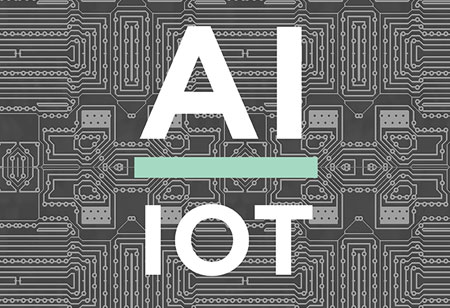THANK YOU FOR SUBSCRIBING
Three Key Trends in Cybersecurity
Small teams working rapidly and interatively, where specifications aren't written down, designed and risk decisions are made in real-time, and manual testing and enforcement can't keep up with the pace of execution are all characteristics

By
Apac CIOOutlook | Wednesday, April 14, 2021
Stay ahead of the industry with exclusive feature stories on the top companies, expert insights and the latest news delivered straight to your inbox. Subscribe today.
Small teams working rapidly and interatively, where specifications aren't written down, designed and risk decisions are made in real-time, and manual testing and enforcement can't keep up with the pace of execution are all characteristics of agile development.
FREMONT, CA: In the financial services sector, the need for cybersecurity has never been greater. Financial Institutions (FIs) have been and will continue to be victims of cyberattacks from various sources. Let us look at three trends in cybersecurity:
Cloud
Companies are rapidly migrating to the cloud, and with good reason. Demand is driven up by increased efficiencies, faster time to market, and a variety of enhanced capabilities. Furthermore, thanks to increased attention paid by cloud providers and a structured and streamlined approach, existing cloud infrastructure can be more reliable than traditional infrastructure. However, there are risks from a cybersecurity standpoint. The need for integrated security solutions that include both cloud and legacy infrastructure is one of them.
Companies are confronted with building in system-wide security due to a lack of cloud security knowledge and hybrid technologies that cover cloud and legacy. Furthermore, because of the cloud's consolidation impact, minor misconfiguration errors can have disastrous implications. Expect more people to use the cloud, which will increase the demand for talent and integrated cloud protection solutions.
Agile
FIs recognize that in today's world of rapid digital change, they must embrace agile growth. Agile teams must have a better understanding of security concerns, follow security policies, and take increased responsibility for the security of their processes to be effective.
Moreover, security practitioners must learn to work more quickly and iteratively and view cyber risk and mitigations in more gradual terms. While all of these improvements are possible, performance often necessitates altering long-standing cultural drivers and rewards. It won't happen unless there's a concrete plan in place, as well as widespread organizational engagement at all levels. Expect the transition to stable, agile growth to be a hot topic for a long time.
Intelligence
Most FIs have recognized that cyber threat intelligence is a crucial factor for the success of a cyber program. Understanding enemy actions and tendencies may help a company anticipate and react rapidly before or after an attack. The amount of information available from various sources, as well as the complexities of distilling it into actionable intelligence to inform defensive processes like attack surface reduction, detection logic development, and red team scenarios, is a major issue.
Additionally, the most security and orchestration solutions on the market today do not work well together. Expect an increased focus on building the next-generation Cyber Fusion Center in order to gain more value from cyber threat intelligence in a more organized and effective manner in the future.
See Also :- Top CyberSecurity Companies





